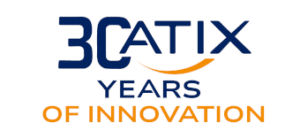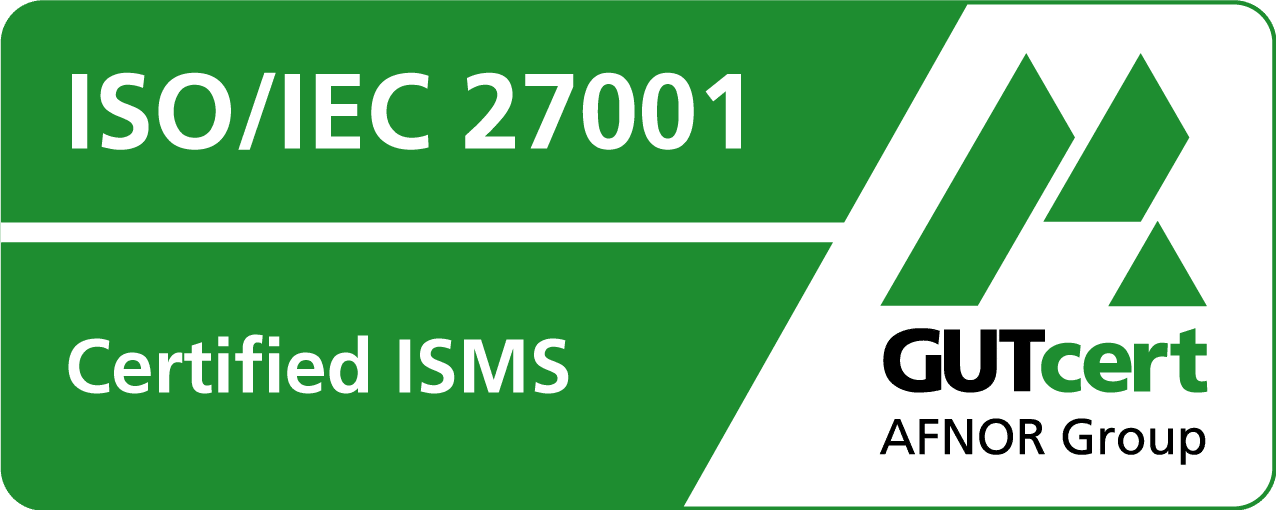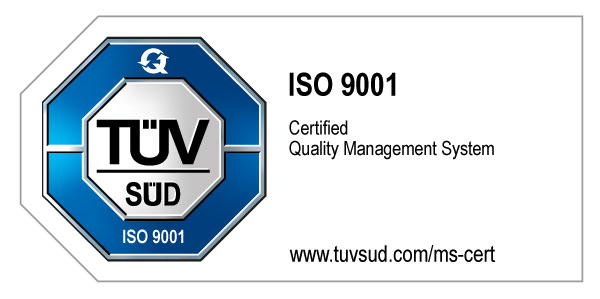Tag Archive for: Git

Ansible Automation Platform
Ansible is known to be one of the most widely used automation tools. This is certainly also due to the relatively simple setup and use. Especially in very large environments, i.e. with a large number of users, a pure CLI setup quickly reaches its limits: Multi-tenancy, credential management, scheduling are just some of the points that require a very close look.

New Adventures in ArgoCD: Automating Automation
ArgoCD is a great CICD tool for facilitating Git-based Kubernetes deployments. Helm is a widely used solution, with good reason, to simplify complex Kubernetes deployments and customize them to your needs. It's even supported by Argo per se. You can't ask for anything better than a combination of the two. Or can you?
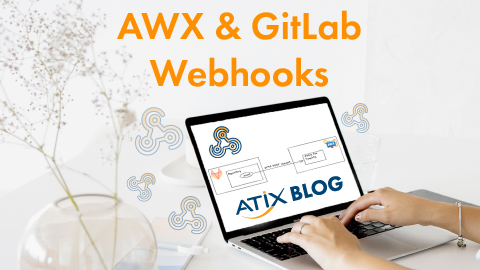
AWX and GitLab Webhooks
Tools like AWX and Ansible Automation Platform have become essential in large organizations to manage a large amount of Ansible projects. They provide the ability to pull Ansible code from multiple sources, schedule jobs, distribute credentials and permissions for different users in the organization, and a lot more. We recommend managing Ansible code in a version control system, specifically Git. There are several platforms for functions beyond mere version control. In this article, GitLab plays a central role.
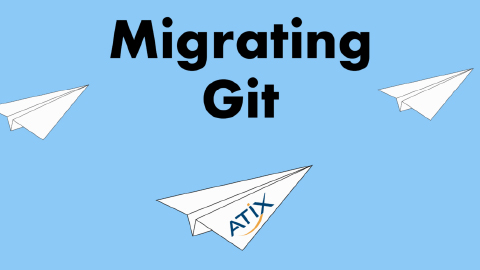
Migrating Git
If you want to change your system landscape, you might want to move your git repositories (repos) as well. However, there are always challenges and questions that you will need to think through and clarify in advance. We’ve been there and done that, and now we would like to share some of our experiences.
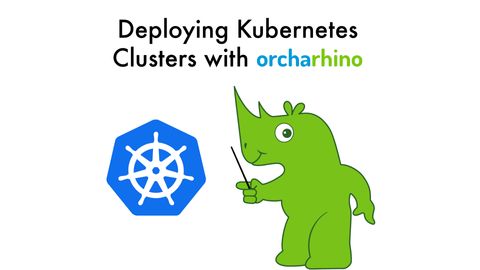
Deploying a Kubernetes Cluster with orcharhino
This blog post is about an orcharhino feature called application-centric deployment (ACD), and describes the process of deploying a Kubernetes cluster with orcharhino. It allows administrators to create hosts based on application templates, and makes it easier to run multiple instances/versions of a complex application.
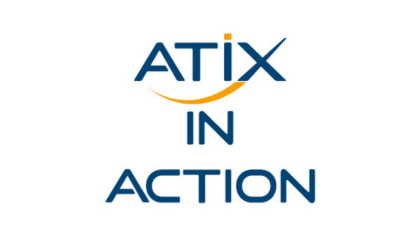
Using Packer to Speed Up Internal Test Deployments – ATIX in Action
For internal orcharhino testing, we use the template-based deployments deployment. Using up-to-date VM templates built by Packer speeds up our testing and development process.

GitOps – Kubernetes The Easy Way
The management of Kubernetes should be easy, simple and clear. Well-known DevOps practices and ultimately automation should be accessible by the management technique. The first GitOps principle, the declarative approach, is the essential Kubernetes management technique to leverage the desired feature set.


